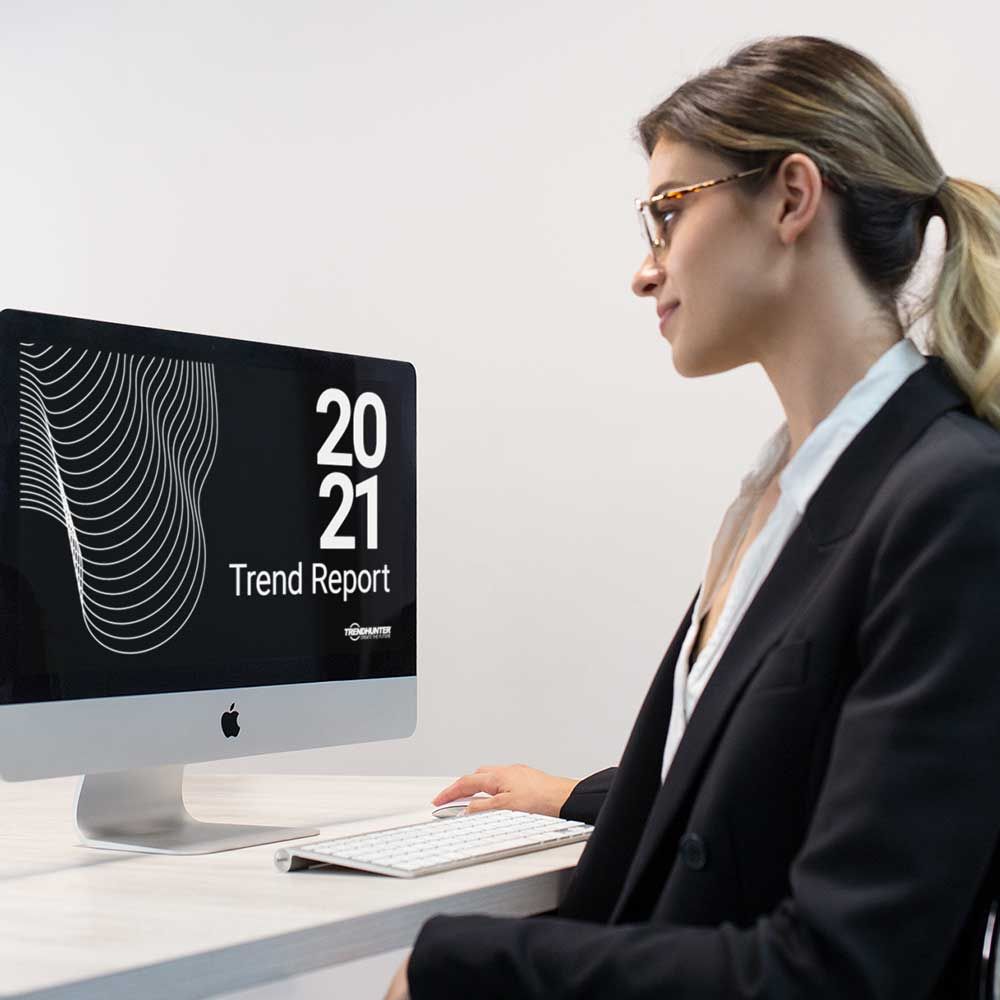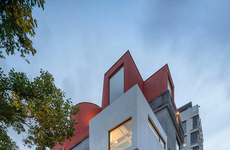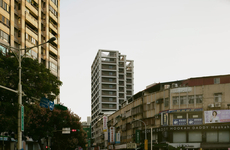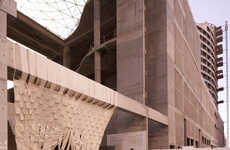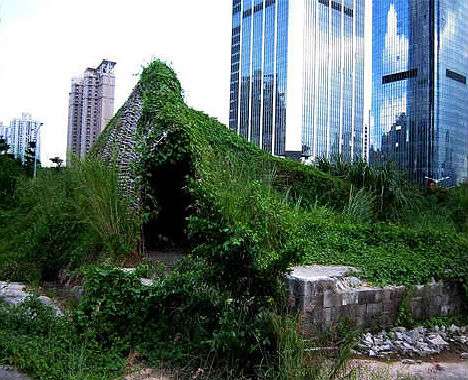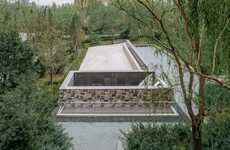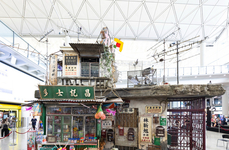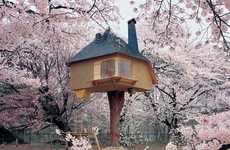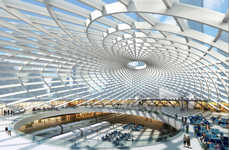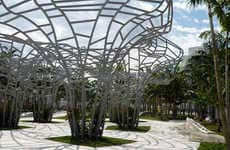
'WEAK' Creates Illegal Architecture to Preserve Chinese Culture
Senduran Bhakthakumaran — March 7, 2012 — Art & Design
References: weburbanist & architizer
Guerrilla tactics have encompassed guerrilla marketing, guerrilla theater and now have extended as far as guerrilla city building as 'WEAK' creates illegal architecture on the outskirts of Taipei, Taiwan. Guerrilla architecture signifies a subculture of building illegal infrastructure in the form of urban farms, night markets and other places where groups of people can converge.The illegal abode beside Taipei is named the 'Instant City.'
WEAK, an organization known for creating illegal infrastructures, is composed of radical architects. Its buildings implement organic and eye-catching materials. It is an effort by WEAK to make sure the ancient history of the Chinese is not lost in modern infrastructure. The concept of creating illegal city structures is an entirely new feat in guerrilla tactics and is an insanely forward move in keeping old relics preserved.
WEAK, an organization known for creating illegal infrastructures, is composed of radical architects. Its buildings implement organic and eye-catching materials. It is an effort by WEAK to make sure the ancient history of the Chinese is not lost in modern infrastructure. The concept of creating illegal city structures is an entirely new feat in guerrilla tactics and is an insanely forward move in keeping old relics preserved.
Trend Themes
1. Guerrilla City Building - The trend of creating illegal city structures as a form of guerrilla architecture is disrupting traditional urban development, offering opportunities for radical architects to preserve ancient culture in modern infrastructure.
2. Preserving Chinese Culture - The trend of using illegal architecture to preserve the ancient history of the Chinese is challenging traditional preservation methods and providing opportunities for innovative approaches to cultural heritage conservation.
3. Organic and Eye-catching Materials - The trend of using organic and visually appealing materials in illegal architecture is disrupting traditional construction norms and creating opportunities for creative expression in urban environments.
Industry Implications
1. Architecture - The architecture industry can explore opportunities in guerrilla city building by embracing unconventional methods and materials to create unique urban spaces.
2. Historical Preservation - The historical preservation industry can benefit from the trend of illegal architecture in preserving cultural relics by adopting a more innovative and flexible approach to conservation practices.
3. Urban Development - The urban development industry can consider the impact of guerrilla city building as a disruptive force that challenges traditional methods and offers new possibilities for inclusive and culturally rich urban spaces.
3.8
Score
Popularity
Activity
Freshness
